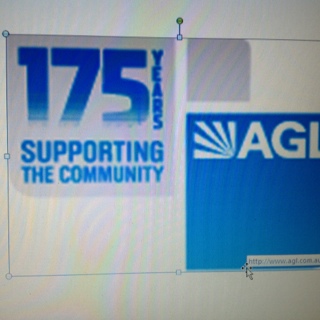Information
-
AGL Wind Operations Vehicle Travel - This self assesment provides a simple safety check and guidance before conducting intended travel for a distance greater than 2hrs drivetime.
-
This assessment references AGL Safe Driving Policy. For more information regarding the policy, please visit The Grid: http://thegrid.agl.com.au/ss/lg/Shared%20Documents/AGL%20Safe%20Driving%20Policy.pdf
-
I have read and understand the AGL Safe Driving Policy
-
Asessment conducted on
-
Location
Driver Name
-
Jeff Trompf
-
Scott Lauder
-
Brendan Ryan
-
David Allen
-
Farhad Mollahagahi
-
Saravanan Ramaiya
-
Naomi Builder
-
Jia Cui
About you
-
Have you slept well?
-
Be aware that fatigue is a major contributer to fatal accidents, plan your trip with more breaks in mind and powernaps if required. Consider delaying or cancelling trip if severly fatigued. Where possible share the drive with another co-worker
-
Do you have sunglasses for your travel?
-
Is your phone connected to handsfree?
-
Either turn phone off for trip or ensure to pull over to receive and make calls. Do not be afraid to ignore callers and call them back when safe to do so.
-
Have you allowed adequate time for travel without hurrying?
-
Have you allowed time for rest breaks along the route?
-
Have you familiarised yourself with the vehicle?
-
Mirrors and blindspots
-
Seat and steering wheel adjustments
-
Automatic or Manual configuration
-
steering wheel height
-
Dashboard controls including indicators and headlights
The Route
-
Have you travelled the route before?
-
Have you asked for the safest route from person visiting?
-
Do you have a map or GPS?
Travel timing?
-
Is there a chance of collision with stray livestock or wildlife along the route?
-
Be aware that swerving to avoid stray livestock or wildlife can lead to fatal accidents. Slow down in areas of high probability of interaction.
-
Will you be travelling during Sunrise/Sunset?
-
Be aware that sun glare can cause reduced visbilty for both you and other drivers, try and avoid travel during the worst period of this time, pull over for a break. Turn headlights on so drivers can see you coming towards them.
-
Have you factored in peak hour traffic?
Weather/Road Conditions
-
Select the following that are likely to apply during intended travel
-
Hail
-
Dust
-
Extreme wind
-
Rain
-
Fog
-
Snow
-
Be aware of poor visibilty and avoid unsealed roads where possible. Slow down to reflect the conditions and keep a good distance from the car in front. In high winds, be aware that tree limbs may be across the road. Turn on headlights during periods of lower light to enable you to be seen.
Your Vehicle
-
Headlights and Indicators in good order
-
Wiper washer bottle full
-
Windscreen clean of grime and bugs
-
Items stowed in a safe manner
-
Enough fuel for journey
-
Are the tyres worn?
-
Organise tyres to be replaced ASAP, source another vehicle to drive if tyres deemed unsafe and tag out vehicle keys with defect note.
-
Is the car due or will be due for a service after your travels?
-
Inform responsible person of need to service vehicle.











